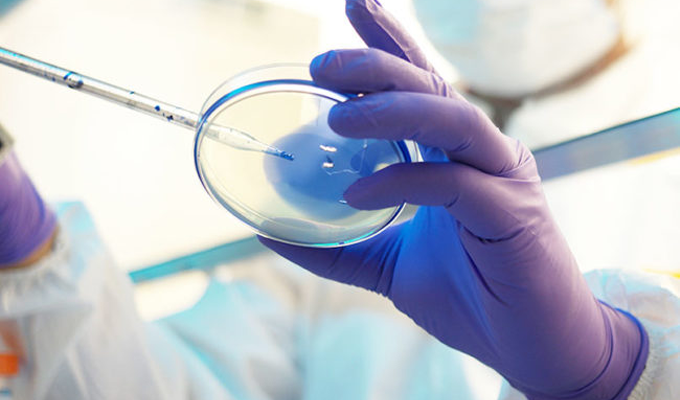
Bladder Problems
Common Bladder Problems
Bladder problems related to chemotherapy are mainly two types, Cystitis and a more severe form - Hemorrhagic Cystitis.
Causes of These Problems Include:
- Installation of chemotherapy directly into the bladder.
- Chemotherapy given directly into the bladder is called intravesicle (bladder) instillation. This is done by inserting a catheter into the opening of the urethra (the tube which carries urine from the bladder to the outside the body). When the catheter is in the bladder, the medication will be passed through the catheter into the bladder.
- BCG is the most common chemotherapy given by this method and is used to treat tumors on the lining of the inner bladder wall. Other chemotherapies that may be given by this method include Mitomycin and Thiotepa.
- Two other chemotherapy medications Cyclophasphamide and Ifosfamide are also associated with Cystitis and Hemorrhagic Cystitis. These drugs when metabolized by the body are converted to a substance (acrolein) that when excreted through the bladder can cause symptoms such as irritation to the lining of the bladder.
- Radiation therapy to the pelvis can also lead to Cystitis.
Note: We strongly encourage you to talk with your health care professional about your specific medical condition and treatments. The information contained in this website about bladder problems and other medical conditions is meant to be helpful and educational, but is not a substitute for medical advice.
Related Side Effects
Bladder Problems has related side effects:
Clinical Trials
Search Cancer Clinical Trials
Carefully controlled studies to research the safety and benefits of new drugs and therapies.
SearchPeer Support
4th Angel Mentoring Program
Connect with a 4th Angel Mentor and speak to someone who understands.
4thangel.ccf.org
